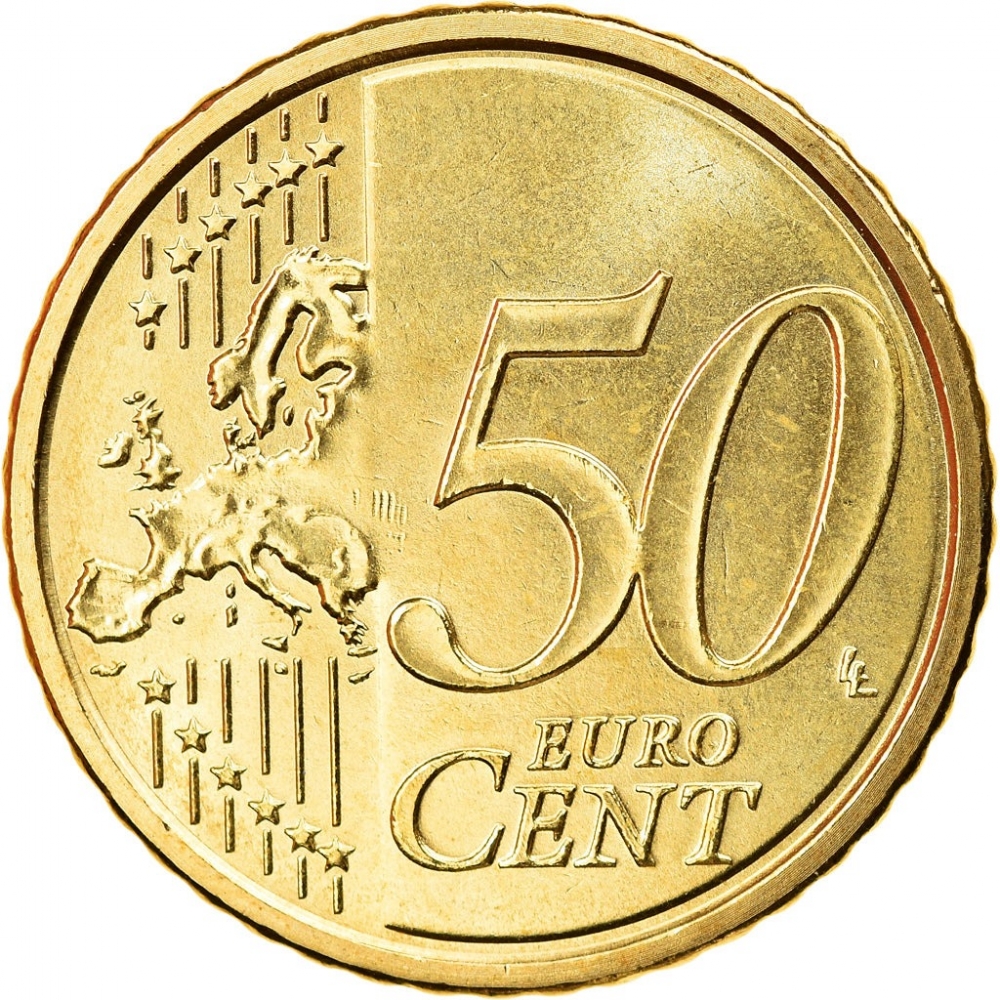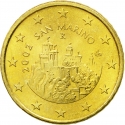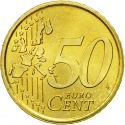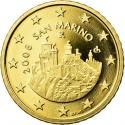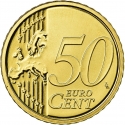You are about to finish your registration. Please check your mailbox (including spam folder). There should be a letter with a confirmation link. Check setting to make sure that your e-mail address is correct.
Send letter again
Obverse

|
Depicts a detail from the portrait of Saint Marinus by late 19th-century artist Emilio Retrosi, encircled by the twelve stars of Europe. In a semicircle to his left is the country name. In a similar fashion to his right are the date and mintmark (R). Engraver's and designer's initials are below. SAN MARINO 2017 |
|---|---|
Reverse

|
A geographical map of Western Europe spans the outer ring and inner core on the left side of the coin. 50 |
| Edge |
50 Euro Cent
KM# 560
Characteristics
| Material | Nordic Gold |
| Weight | 7.8 g |
| Diameter | 24.25 mm |
| Thickness | 2.38 mm |
| Shape |
|
| Alignment | Medal |
| Mint |
Italian State Mint and Polygraphic Institute (IPZS)
|

